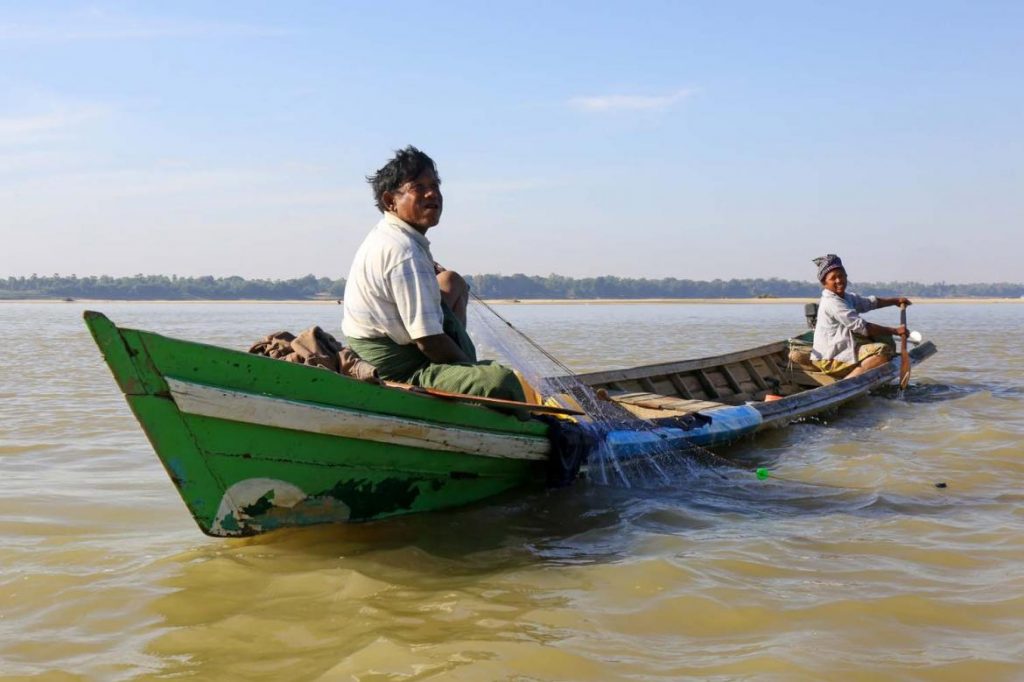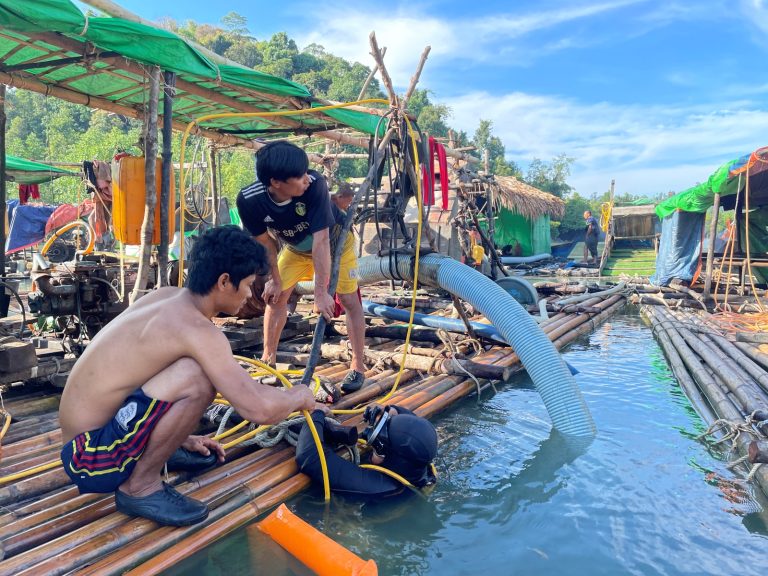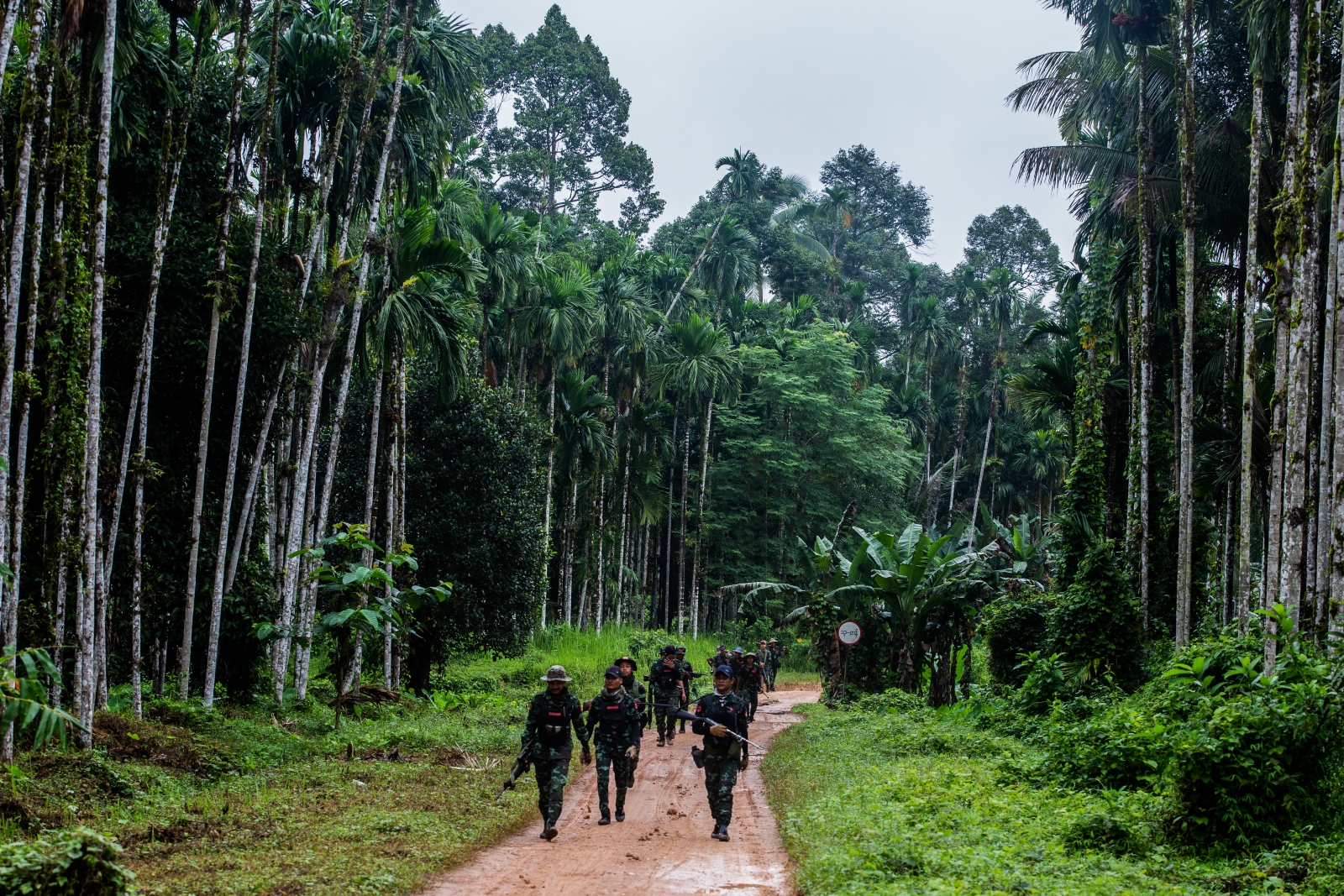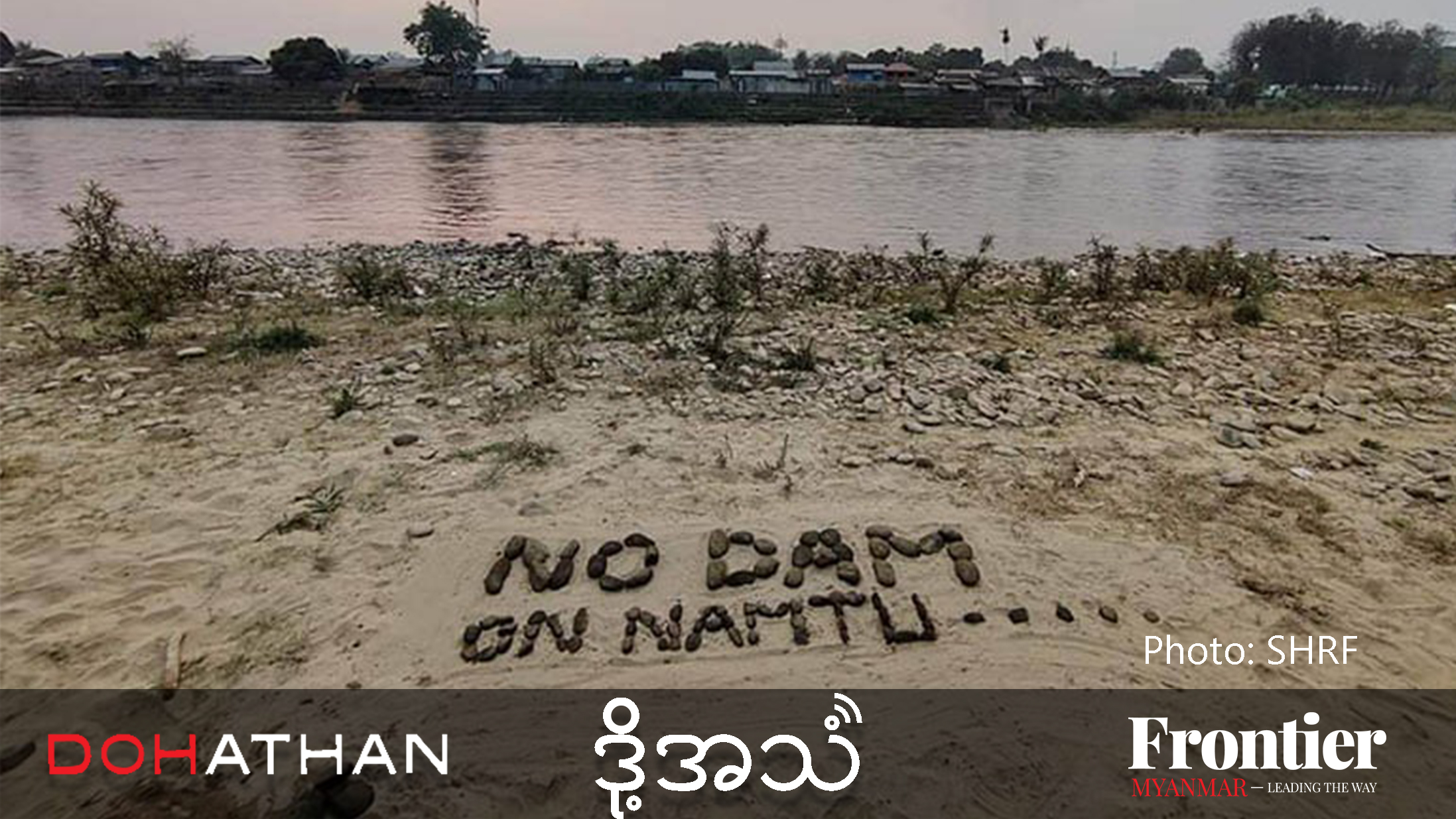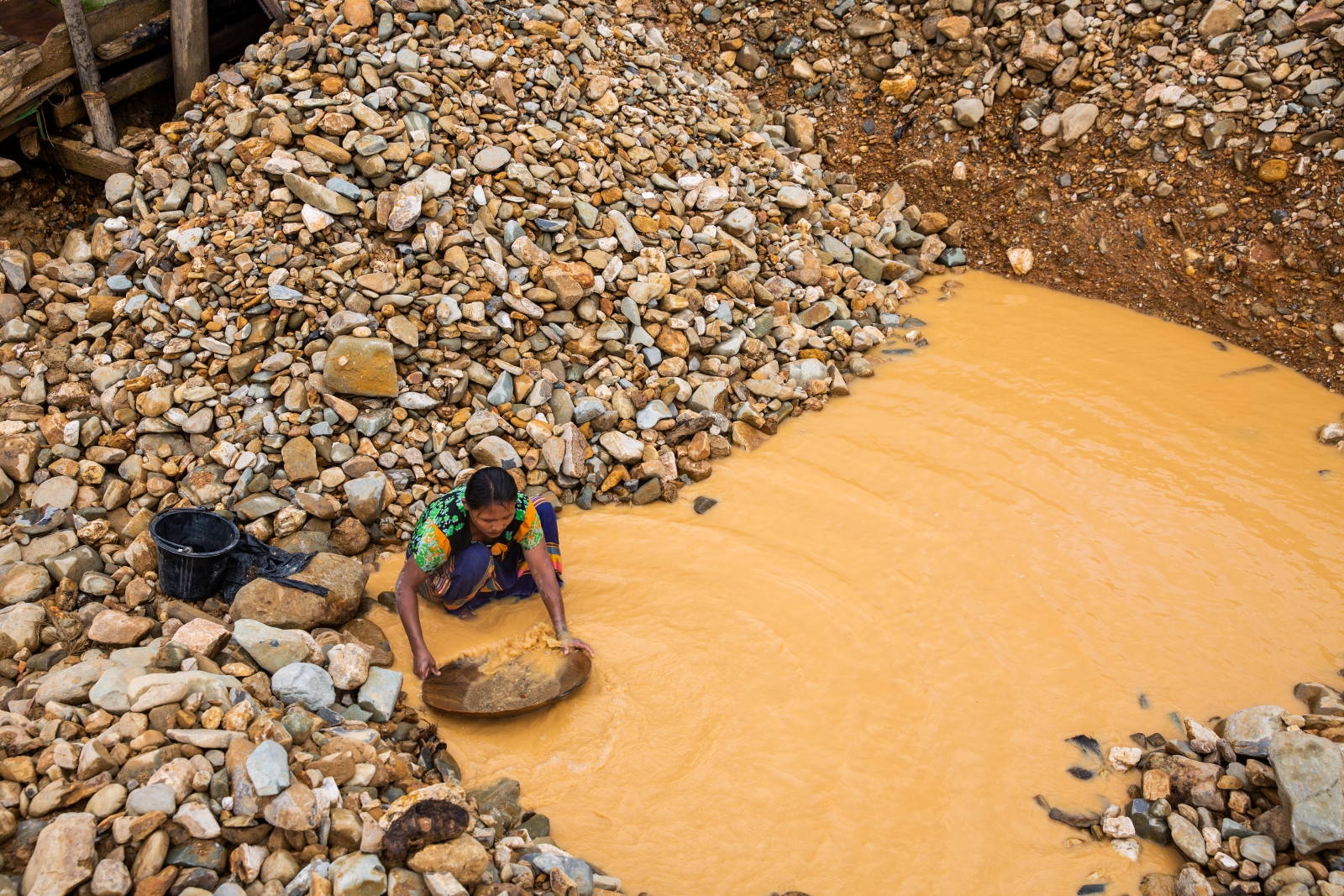It’s time that the nation’s most important single natural resource benefitted from a dedicated management authority.
By JOERN KRISTENSEN | FRONTIER
THE CONTINUING conundrum over Myitsone, concern among farmers over river bank erosion in the dry zone and the delta and reports of declining riverine resources in Sagaing Region all indicate the need for coherent and coordinated governance of the Ayeyarwady River.
The decision by President U Thein Sein in September 2011 to suspend work on the Myitsone dam highlighted the cultural, economic and political importance of the river, something that had been taken for granted. As debate over the dam’s fate intensifies, it is time to establish a permanent institution to manage what is indisputably Myanmar’s most important single natural resource.
The World Bank, which has extended US$100 million in credit for an Integrated River Basin Management Project, is well placed, within a somewhat fragmented donor community, to promote the idea of an Ayeyarwady River Organization .
The Ayeyarwady flows south for 2,177 kilometres from mountains near the border with China before entering the Andaman Sea in the Bay of Bengal. The river basin of 413,674 square km covers 61 percent of Myanmar’s total area and is home to 35 million of the country’s 53 million people, many of whom depend directly or indirectly on the river for their livelihoods.
Support more independent journalism like this. Sign up to be a Frontier member.
Before the Ayeyarwady reaches the sea, it splits into nine main channels, creating a large, fertile delta that supports a population of more than six million and provides nearly 60 percent of the country’s rice crop, irrigated by water from the river.
A delicate task
Sound management of the river would require better understanding among planners and decision-makers of the value of the basin’s complex ecosystem. Adequate policy and regulatory frameworks and their enforcement are also essential. Achieving long-term sustainable development of the water and related resources in the river basin will require coordination across many overlapping fields, starting with agriculture.
Agriculture is the predominant economic sector in Myanmar, and because it feeds a growing population and contributes to export earnings, it remains a key element of the government’s development and poverty alleviation strategy. The promotion of more irrigation in central Myanmar will divert more water from the river. In the delta, drainage and salt water intrusion are major concerns, alongside the perceived impact of climate change, while sand mining upstream is contributing to riverbank erosion.
Striking the right balance between diverting water for irrigation and mining sand for construction, on one hand, and allowing sufficient flow to prevent salt water intrusion and sustain rice production in the delta, on the other, is a delicate task. It requires careful management based on comprehensive data collection and modelling.
The value of Myanmar’s inland fisheries, meanwhile, is likely to be grossly underreported. Fish are the single most important source of animal protein for delta residents and a major ingredient in the diet of people living throughout the river basin. Together with rice, fish form the bedrock of food security and nutrition for rural people, and aquaculture is expanding rapidly.
Also important is the Ayeyarwady’s role as Myanmar’s main highway for trade and commerce. In many areas, inland river transport is the most important mode of travel and communication.
Another concern, water quality, is one that will likely grow. Away from riverside towns, there are few sources of pollution. However, as economic development accelerates, the quality of the water in the river and its tributaries will be increasingly impaired by mining, heavy industry, urban waste and sewage, agricultural fertiliser and pesticides, soil erosion and salt water intrusion. Maintaining good water quality is critical for agriculture and for the supply of safe domestic and commercial water.
Sustained biodiversity is also key. The United Nations Environment Programme lists the Ayeyarwady as one of the world’s top thirty priority river basins because it supports high biodiversity. The diverse range of animals found in the river includes the critically endangered Irrawaddy dolphin.
A permanent commission
Because the use of water and related resources in one section of a river system can have an adverse effect in another part, the prevention and resolution of conflicts between different uses of the river will become key to managing the Ayeyarwady River system as agriculture intensifies and the mining, power generation, tourism and industry sectors expand.
As the population increases, competition between those using the river will inevitably intensify. A permanent Ayeyarwady River Commission would help prevent conflicts and contribute positively to the socio-economic development of all communities that depend on the river. The proposed commission should be established by the Union parliament and have its own secretariat and a board that should include the ministers of natural resources and conservation of the state and regional governments through which the river flows.
The commission, which should be under the Office of the President, would be a focal point for government decision-making, negotiation, public participation and conflict resolution linked to the development and use of all the river’s resources.


